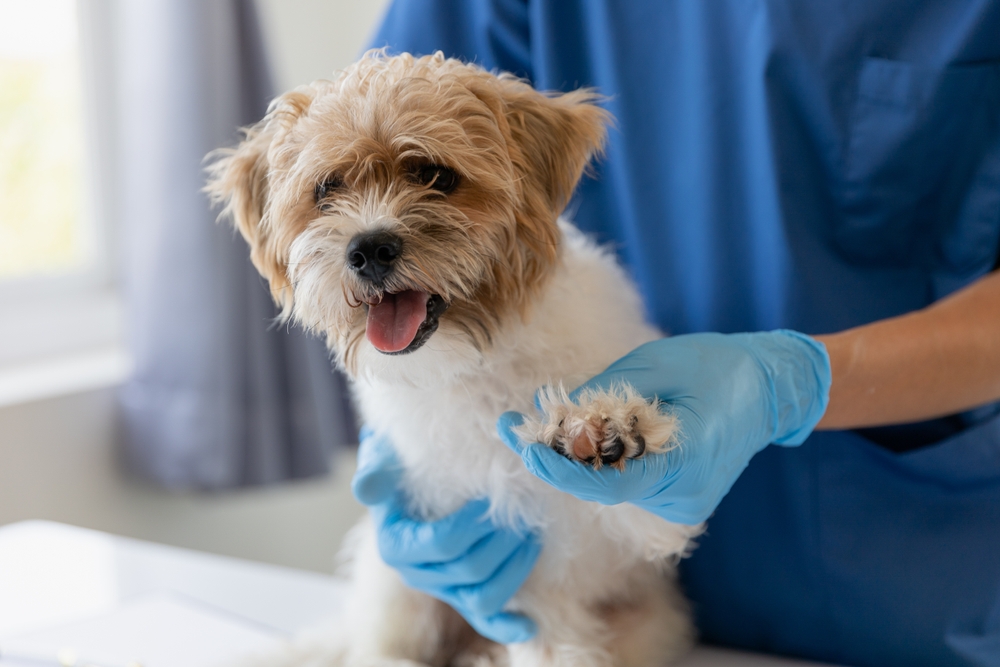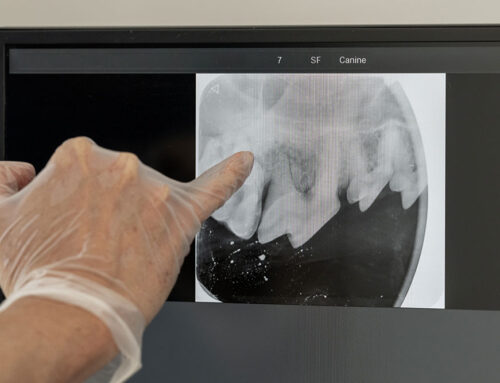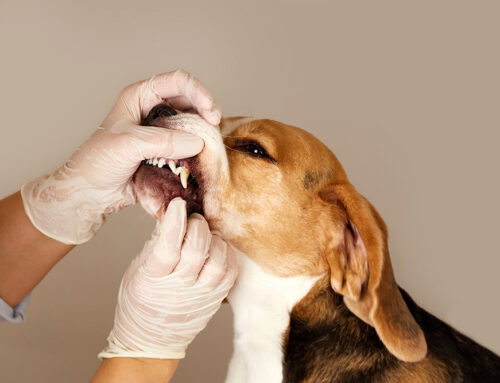Why Your Dog’s Limp Might Be More Than Just a Bad Day
When your dog starts limping, it can be alarming. Is it a minor sprain, or could it be something more serious? Just like us, dogs can suffer from injuries, joint issues, and underlying health conditions that affect their mobility. Recognizing the cause of limping early on can help ensure your pet gets the care they need to stay active and pain-free.
Common Causes of Limping in Dogs and Cats
Limping can result from sudden injuries or long-term conditions. Identifying the root cause is essential for choosing the right treatment and preventing further damage.
Sudden Injuries That Cause Limping
Dogs and cats can be incredibly active, which sometimes leads to accidents. A sudden limp might indicate:
- Sprains and strains – Overexertion or awkward landings after jumping can cause ligament or muscle injuries.
- Fractures or dislocations – A fall, car accident, or rough play can result in broken bones or joint dislocations.
- Foreign objects – Thorns, glass, or burrs lodged in the paw pad can cause limping and irritation.
If your pet’s limp appeared suddenly and they refuse to bear weight, yelp in pain, or show swelling, seek immediate veterinary attention..
Chronic Conditions That Cause Limping
Not all limping happens overnight. Some conditions develop gradually and worsen over time, including:
- Arthritis and joint disease – Aging pets commonly suffer from arthritis, which causes stiffness, pain, and limping. Learn more about arthritis in cats from iCatCare.
- Hip dysplasia – A genetic condition in large breeds that leads to joint instability and limping.
- Intervertebral disc disease (IVDD) – This spinal condition can cause back pain and mobility issues, especially in certain dog breeds like Dachshunds.
Early detection and treatment can prevent worsening pain and loss of mobility.
Signs That Limping Requires Immediate Veterinary Care
While some limps improve with rest, certain symptoms indicate a medical emergency:
- Severe swelling or an obvious break
- Dragging a limb or complete inability to walk
- Open wounds, excessive bleeding, or signs of infection (redness, pus, foul odor)
- Sudden limping accompanied by fever, lethargy, or loss of appetite
If your pet shows any of these signs, contact a veterinarian right away.
Assessing Limping at Home
Before rushing to the vet, you can perform a gentle at-home evaluation:
- Check the paws – Look for cuts, swelling, or stuck objects.
- Examine the leg – Gently feel along the limb for heat, swelling, or areas of tenderness.
- Observe movement – Watch how your pet walks—are they favoring a leg, or does the limp worsen with activity?
Avoid excessive handling if your pet shows signs of pain—forcing movement could worsen an injury.
How Vets Diagnose the Cause of Limping
Veterinarians use a combination of physical exams, imaging, and lab tests to determine the exact cause of limping. This might include:
- X-rays or MRIs to detect fractures, joint disease, or ligament damage.
- Joint fluid analysis to diagnose arthritis or infections.
- Bloodwork to check for inflammatory or infectious conditions.
Treatment Options for Limping Pets
The right treatment depends on the severity and cause of the limp.
Non-Surgical Treatments
For minor injuries or chronic conditions, treatment might include:
- Pain medications & anti-inflammatories – Reduce swelling and discomfort.
- Rest & restricted activity – Prevent further strain on the injury.
- Physical therapy – Helps with recovery and long-term mobility.
- Weight management – Extra weight can worsen joint issues and arthritis.
For arthritis and joint health, check out the Mobility Matters Guide by AAHA.
Surgical Treatments for Severe Cases
When conservative treatments aren’t enough, surgery may be necessary. Some common surgical procedures for limping include:
- Cruciate ligament surgery – Repairs torn knee ligaments in dogs. Learn more about CCL injuries and surgery from Colorado State University.
- Hip dysplasia surgery – Various surgical options help stabilize the hip joint. Read about hip dysplasia treatments at Today’s Veterinary Practice.
Your vet will discuss the best options for your pet’s specific condition and recovery process.
Preventing Future Limping Episodes
The best way to protect your pet’s mobility is through prevention:
- Provide regular exercise – Strengthens muscles and maintains joint health.
- Feed a balanced diet – Supports healthy weight and joint function.
- Keep nails trimmed – Long nails can cause gait changes and joint strain.
- Use pet-friendly flooring – Slippery surfaces can lead to falls and injuries.
- Schedule routine vet check-ups – Early detection can prevent serious issues.
Routine vet visits help catch minor issues before they become major problems. Book an appointment today at Town & Country Animal Hospital.

FAQs About Limping in Pets
How long should I wait before seeing a vet for a limp?
If the limp doesn’t improve within 24 hours, or if your pet seems in pain, schedule a vet visit. Severe limping requires immediate attention.
Can I give my pet pain medication at home?
Never give human pain medications to pets—they can be toxic. Only use vet-prescribed pain relief.
How can I tell if my pet has arthritis?
Symptoms of arthritis include stiffness, limping, reluctance to jump, or difficulty standing up after resting. Learn more about arthritis in pets from iCatCare.
Schedule a Vet Visit for Limping Pets
If your pet is limping, don’t wait too long to seek help. A proper diagnosis and early treatment can prevent long-term pain and improve mobility.
Schedule an appointment today!







Leave A Comment